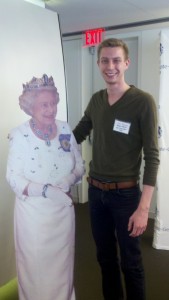Don’t miss Nov. 12 deadline to enter $22K biotech award competition; Nov. 19 event
Our colleague Seth Taylor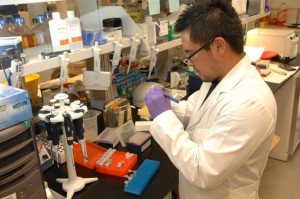 asked us to let you know that BioTechTuesday will be holding a $22K Life Science Innovation Competition and Pitch event on November 19; deadline to enter the competition is Tuesday, Nov. 12.
asked us to let you know that BioTechTuesday will be holding a $22K Life Science Innovation Competition and Pitch event on November 19; deadline to enter the competition is Tuesday, Nov. 12.
Here’s the scoop:
BiotechTuesday, a networking organization for life science professionals, will hold an innovation competition at which major pharmaceutical and biotechnology companies will award $22K in funds and in-kind services. The winners will be life-science startups and researchers judged to have the most innovative ideas and laboratory products.
The event will take place at District Hall, a new event space at 75 Northern Avenue in the Boston Seaport District, from 6-9, on Tuesday, November 19.
Awards include:
- Financial and in-kind prizes for the most promising startup concepts and early stage ventures. Innovators can submit their concept or venture online for consideration by November 12, 2013. The BiotechTuesday community will then vote online—contributing to the selection of five finalists who will pitch their concepts at the event. At the event, competition judges from Novartis, EMD Serono, Pharmatek and others, will choose the winners. CLICK HERE TO ENTER[http://goo.gl/gBhiaq]
- Recognition for the most innovative recently-launched products or services. Companies can submit recently launched products or services online for consideration, by November 12, 2013. Finalists will present their pitches one-on-one to attendees and judges at the event. CLICK HERE TO ENTER [http://goo.gl/03Q7pG]
“This competition event is unique in that it relies on a true community from a top life-science super cluster to select and validate some of the most exciting new approaches in the field,” said Seth Taylor, BiotechTuesday co-founder and host. “It provides a tremendous opportunity for the community to engage with innovators launching the hot companies of the future, and products that may impact their work today.”
Peter Parker, co-founder and director of programming for LabCentral, an innovative, shared laboratory space designed as a launchpad for life-sciences startups, said: “We share in Biotech Tuesday’s mission to advance innovation in the life-sciences community. We are pleased to offer one month’s free membership and a bench space in LabCentral’s co-working lab and office facility ($4,000 value). LabCentral provides fully functional lab space, permits, waste handling, plus all reasonably common lab equipment for bioresearch. Access to conference rooms and event space, kitchens, etc. is also included, as is participation in programming specific to the interests of life-sciences startups.”
In the words of Charles Wilson, Vice President and Head of Business at Novartis Institutes for Biomedical Research, Inc: “We believe that the time and expertise of large companies can be of great value to startups. For this reason, we have committed to offering resources and analysis to help a winning company reach investors and commercialize their therapeutics.”
Timothy Scott, President and Co-Founder, Pharmatek Inc., a contract research organization offering $3000 in reagents to the winning team, said: “We are committed to supporting innovation with our products and services, and through our Pharmatek University educational programs,”
Event attendance is open to the public. Click here to register [http://goo.gl/fRUh1J].
BioTechTuesday is a networking organization offering monthly events and an online community for life science professionals. Founded in 2002 in the Boston area, BiotechTuesday now has thousands of members.
Contact: Seth Taylor 617-615-6152 staylor@biotechtuesday.com Twitter: #pitchbio
New Cambridge Observer is a publication of the Harris Communications Group, an award-winning PR and market development firm specializing in strategic communication, media relations, social and digital media for health care, life science, biotech, tech and energy.
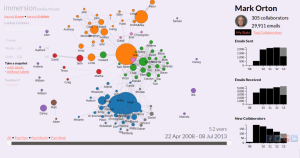



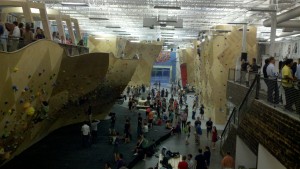
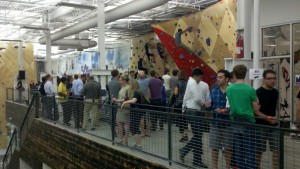 Friends Tom, R, Michael, Kathryn….heck, almost everyone I knew– chose the former
Friends Tom, R, Michael, Kathryn….heck, almost everyone I knew– chose the former
